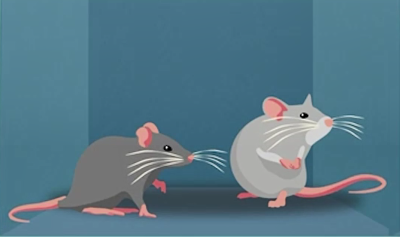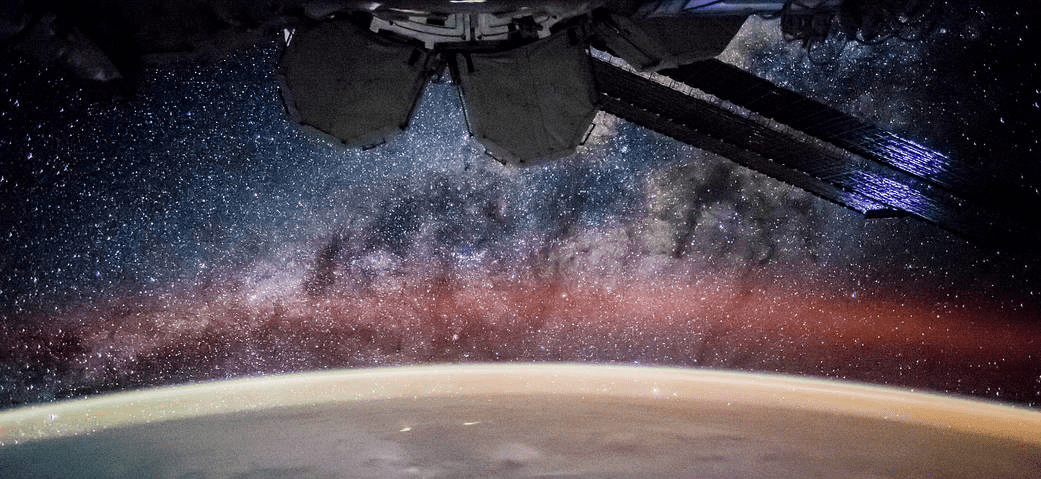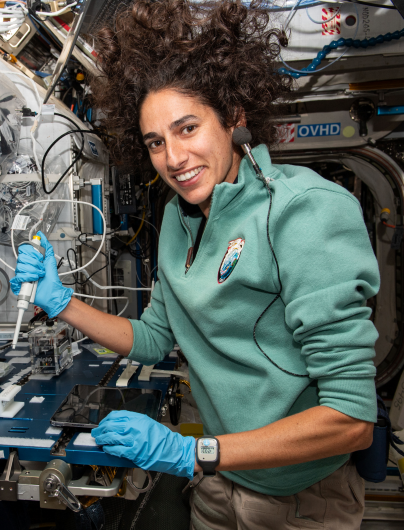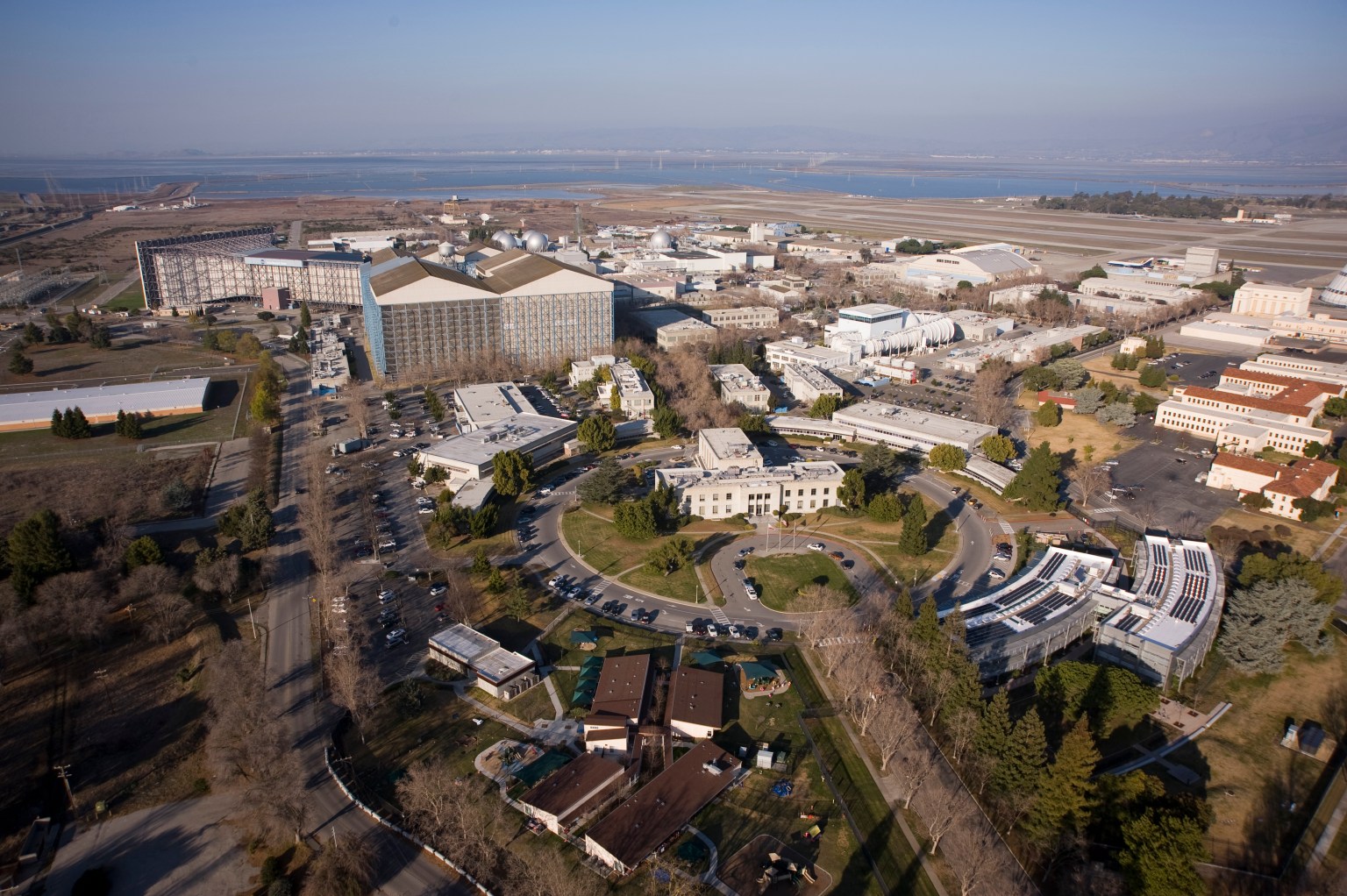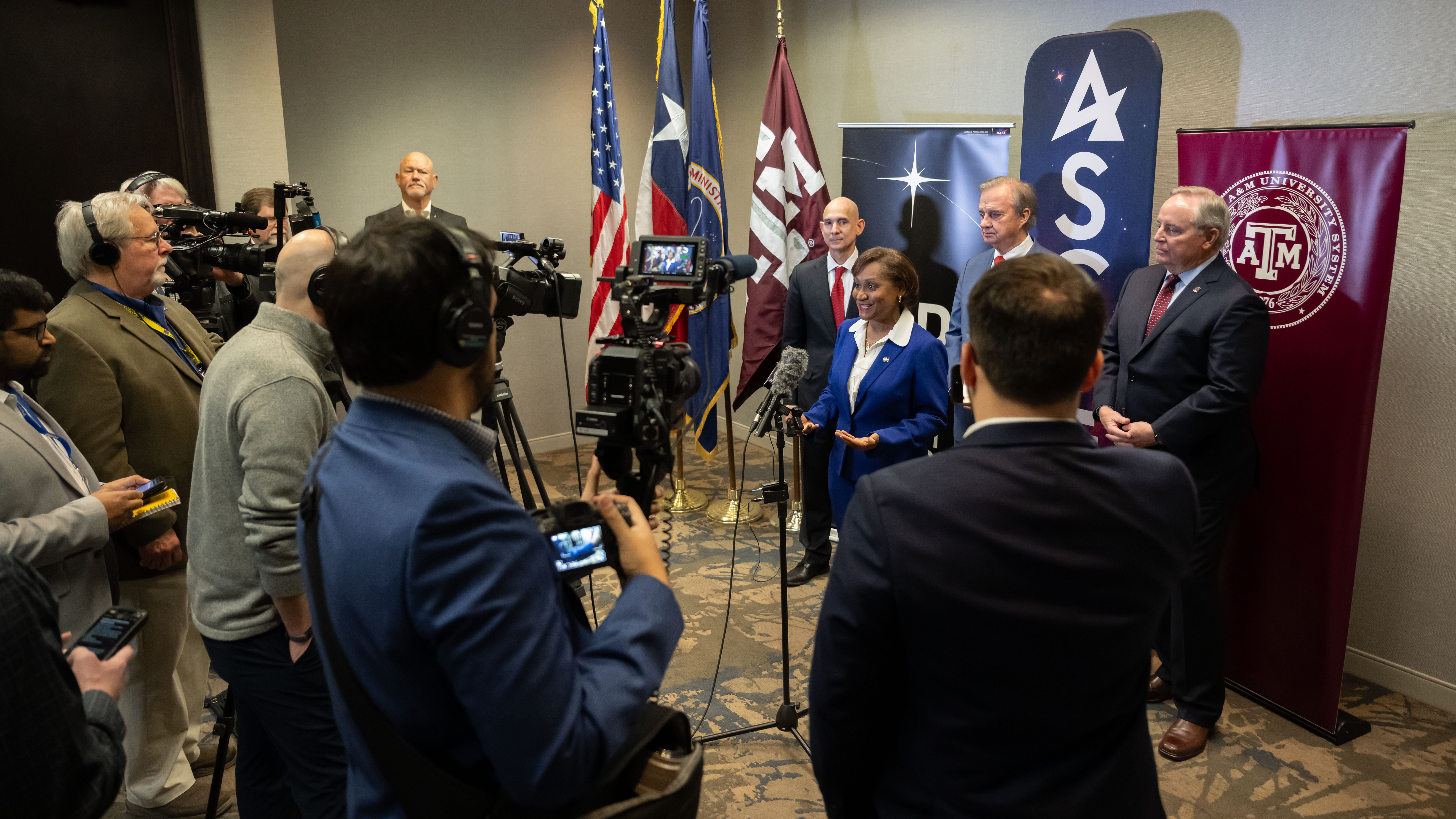Quirky Circling Behavior in Mice Informs Research on Humans in Space
During the Rodent Research-1 (RR-1) mission flown to the ISS in 2014, videos that were taken to observe the mice revealed an unusual behavior that researchers are still working to understand. Young (16-week-old) but not old (32-week-old) mice engaged in a high level of ‘running’ behavior beginning within two weeks of launch (Sci Reports, 2019). Some […]
During the Rodent Research-1 (RR-1) mission flown to the ISS in 2014, videos that were taken to observe the mice revealed an unusual behavior that researchers are still working to understand. Young (16-week-old) but not old (32-week-old) mice engaged in a high level of ‘running’ behavior beginning within two weeks of launch (Sci Reports, 2019).
Some alternate interpretations of the running behavior of mice on orbit include significant scientific literature on the rewarding effects of physical exercise, as seen in the footage of Astronaut Alan Bean on Space Lab below. A multi-investigator collaborative team of scientists is conducting follow-up studies on the ground as well as in space on the upcoming Rodent Research-26 mission to understand more about what could be driving this behavior. Comprehensive and in-depth molecular biology studies will be looking at potential indicators of stress (maladaptive coping) or whether the running behavior is a beneficial adaptation to the weightlessness of space.
Watch the video below to see the mice (and humans) in space.
What's Your Reaction?



















.jpg?#)























